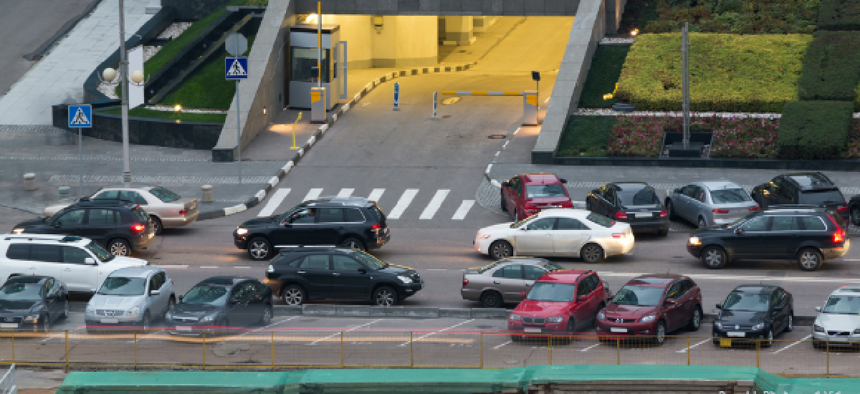If you want a smarter city, start with parking. Yes, parking.


Connecting state and local government leaders
With a new generation of municipal Wi-Fi coming online to support smart city infrastructure, parking management turns out to give a good bang for the buck.
Cisco has big hopes for its Smart+Connected Communities program. It envisions municipal mesh Wi-Fi networks supporting innovative services and applications ranging from smart cars to smart trash cans.
When it came to piloting programs for the new platform, “parking, we thought, could be the first use case,” said Hardik Bhatt, director of business development for the program.
Parking? Really?
“The thing about parking is, it gives you a very fast return on investment,” said John Backelmans, Cisco’s Smart+Connected Communities chief technology officer. So Cisco teamed up with Streetline Inc. to offer real-time parking visibility and management via its municipal mesh Wi-Fi.
It turns out that parking — its cost and its availability or lack of it — is a major factor in city revenue and business development. It’s not just the money collected from parking meters and parking tickets; it accounts for a major part of a business district’s traffic congestion.
“A surprising amount of traffic isn’t caused by people who are on their way somewhere,” wrote Donald Shoup, professor of urban planning at the University of California, Los Angeles. “Rather it is caused by people who have already arrived.”
In a 2006 paper, Shoup concludes that underpriced curbside parking generates excess traffic, wasting time and gas and inconveniencing businesses and their patrons because of time spent cruising for cheap but crowded on-street parking. “Only trial and error will reveal the right price for curb parking,” he wrote.
But applications such as Streetline’s ParkSite for city administrators and the mobile app Parker for drivers could help reduce the trial and error by providing accurate information about parking availability and trends.
Shoup cited 2006 driver surveys that found that cruisers looking for parking spaces accounted for 28 percent of traffic in Manhattan’s SoHo district and for 45 percent in Brooklyn. His own study of parking in a Los Angeles neighborhood found that the average driver spent a little over three minutes and drove about half a mile looking for an open parking space. It doesn’t sound like much, but that involved 8,000 cars looking for parking spaces each day in one small neighborhood, generating 4,000 miles of wasted travel a day, using 47,000 gallons of gas a year and producing 730 tons of carbon dioxide emissions.
So better parking management could mean not only happier business owners and drivers, but could be eco-friendly as well.

NEXT STORY: Muni Wi-Fi: This time it's more than public Internet access




